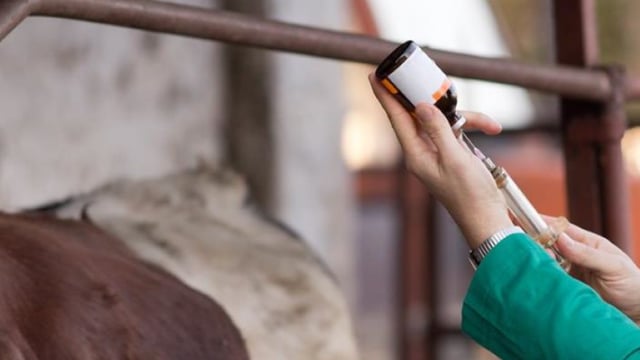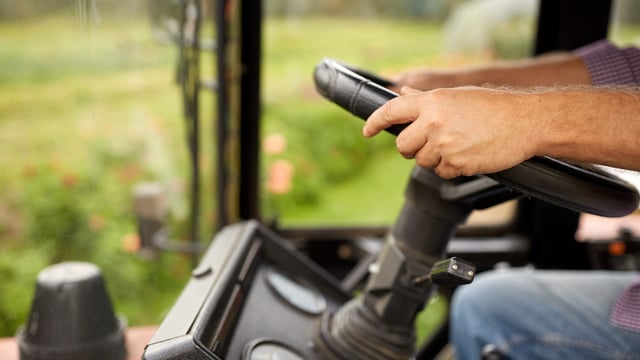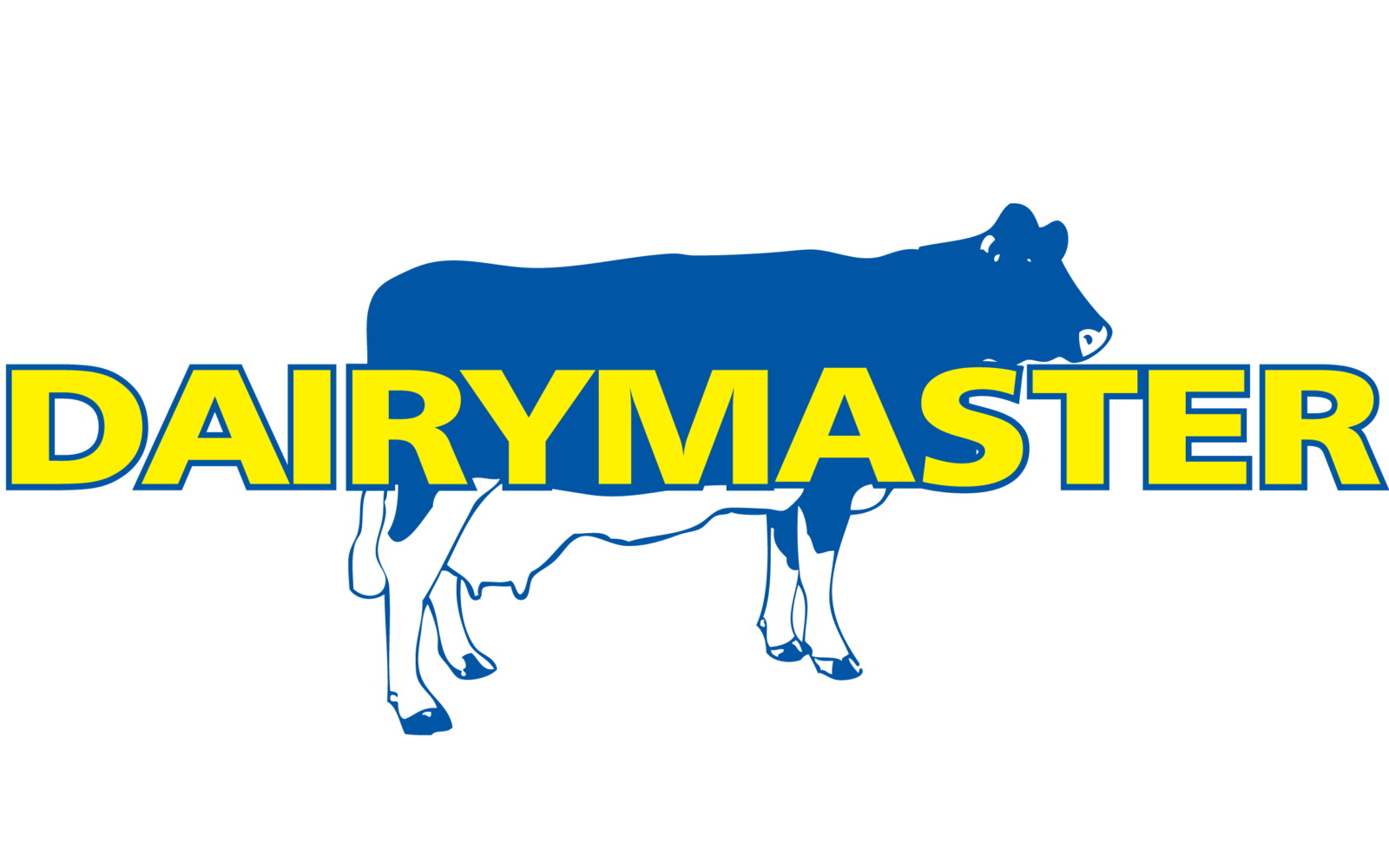How hill farmers can create a sustainable future
Teagasc dry stock advisor, Andy Ryder has outlined a series of steps to boost profits, flock performance, and sustainability to ensure hill farmers thrive in the next generation.
According to Ryder, hill farms, by their nature, are low input, low output enterprises that are very dependent on direct payments to remain viable.
A lot of the farmland in these areas is in designated habitats which brings restrictions to farms. The age profile of farmers tends to be older, and the majority of younger farmers are farming part time.
Every hill farm is different in terms of size, land type, and area of commonage farmed. Ryder said that farms need to reflect on their individual circumstances and avail of the supports that will futureproof the farm going forward.
He believes hill farmers should assess the current profitability of the farm, by sitting down with an agricultural advisor or accountant to tease out what is working, and what areas need to be improved.
According to the Teagasc advisor, hill flock stocking rates are low due to the type of land being farmed. He believes that ewe performance is a better indicator of flock performance.
He said that barren rates, lambs reared per ewe, and weaning weight of lambs are good indicators of how the flock is performing.
Improvement in ewe performance allows some individual flocks to mate more ewes with cross bred rams while still having sufficient female lambs to maintain replacement rates.
According to Ryder, this will boost sales if implemented alongside a robust culling policy.
Another step hill farmers can take to improve flock performance, is to try to demand a premium for stock.
By joining a hill sheep breeding group, farmers will gain access to a large group of buyers looking for products that hill farmers may be selling.
Ryder said there is extra work associated with selling quality breeding stock, but the rewards of higher prices and the knowledge that farmers are producing quality stock should not be underestimated.
Furthermore, existing environmental schemes are rewarding farmers based on the quality of habitats that exist on farms.
Farmers should seek to futureproof their eligibility for these schemes by being proactive and availing of any extra funding such as non-productive investments (NPIs) and local actions payments from the current ACRES scheme to improve current habitats on their farms.
Some farms need to modernise their handling and housing facilities to make farming less labour intensive.
Ryder believes that in the future, there will be less time and less help available on hill farms.
Farmers should assess any deficiencies on the farm, and put a five-year plan in place to try to address it.
According to the Teasgasc advisor, farmers should avail of any possible supports available to them, including the TAMS 3 scheme.
Succession is an issue on hill farms, and it is crucial that farmers have a plan in place for the future of the farm.
Having a successor involved in the enterprise as early as possible has great benefits for the farm. New ideas, extra labour and a willingness to spend time and money on the farm will all help maintain the farm into the future.
Support is available to help farmers and their families with the difficult subject of farm transfer and succession planning.
Finally, farmers should encourage their successor to complete a suitable agricultural education course to avail of some of the schemes and tax reliefs in the future.
Going to open days and attending environmental training, will help build a picture in terms of where policy is going, and will support farmers to make decisions about the future of the farm.





